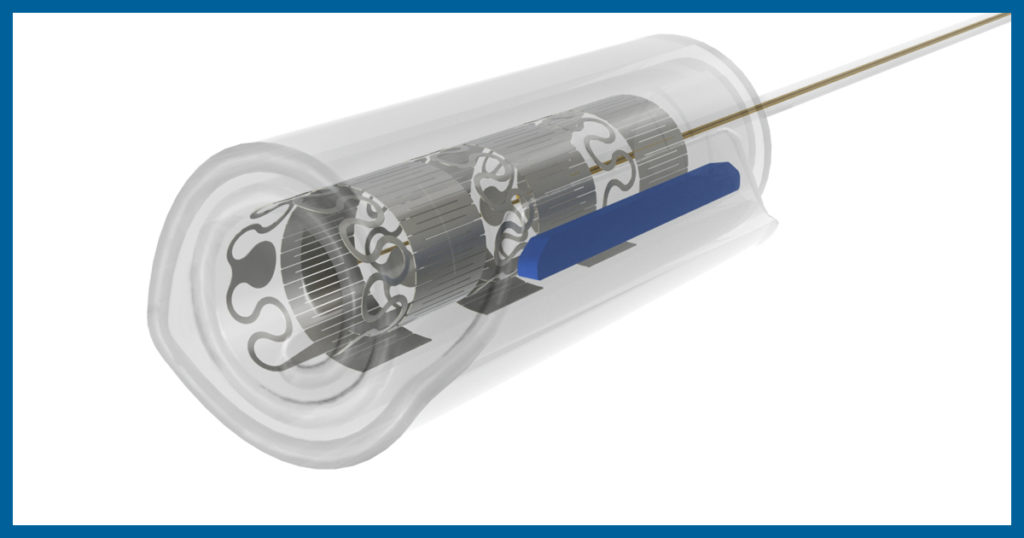Using AirRay Spiral Cuff Electrodes

Tips for Handling Spiral Cuff Electrodes
Electrical stimulation of the peripheral nervous system has been proven effective in treating symptoms associated with chronic diseases such as spinal cord injury, epilepsy, paralysis and even Parkinson’s disease.
As a leader in neurotechnology innovation, CorTec has developed several different cuff electrode designs that optimize the electrical interface to the peripheral nervous system. Most notably, their spiral cuff electrodes are ideal for chronic use as they are comprised of a soft silicone material to minimize irritation of the nerve and fit a range of nerve diameters from 1.5 to 6.0 mm. The spiral design allows for self-adjustments in diameter and can even accommodate some nerve swelling over time.
When you order a spiral cuff electrode on Chamfr.com, you may wonder what’s the best way to get started designing it into your device?
Some common questions might include:
- With the soft silicone material, is there any preparation to avoid stickiness and ripping?
- Is there a best practice to ensure the best electrical contact?
- How to avoid electrical insulation issues or nerve irritation while implanting?
CorTec’s created a “How to Handle A Spiral Cuff” guide with a 5-step implantation guide and tips to get you started.
Cuff Electrodes
CorTec has developed several cuff designs to meet the needs of individual applications including spiral cuff, helix cuff, sling cuff, and tunnel cuff. All 4 of these cuff designs are in-stock on Chamfr and ready for you to try for R&D purposes.
 | · Spiral cuff design is for nerve diameters 1.5-6.0mm · Self-adjusting diameter |
 | · Helix cuff is for nerve diameters 1.5-6.0mm · Self-adjusting diameter |
 | · Sling cuff is for nerve diameters 0.1-0.5mm · Belt and buckle closure |
 | · Tunnel cuff design is for nerve diameters .15-6.0mm · Easy to handle, double sealing lips |
Browse in-stock electrodes on Chamfr.com
Read full article on CorTec’s website
Let’s keep in touch.
Don’t miss seller news, product alerts, and insights. Sign up for our emails to receive updates directly in your inbox.